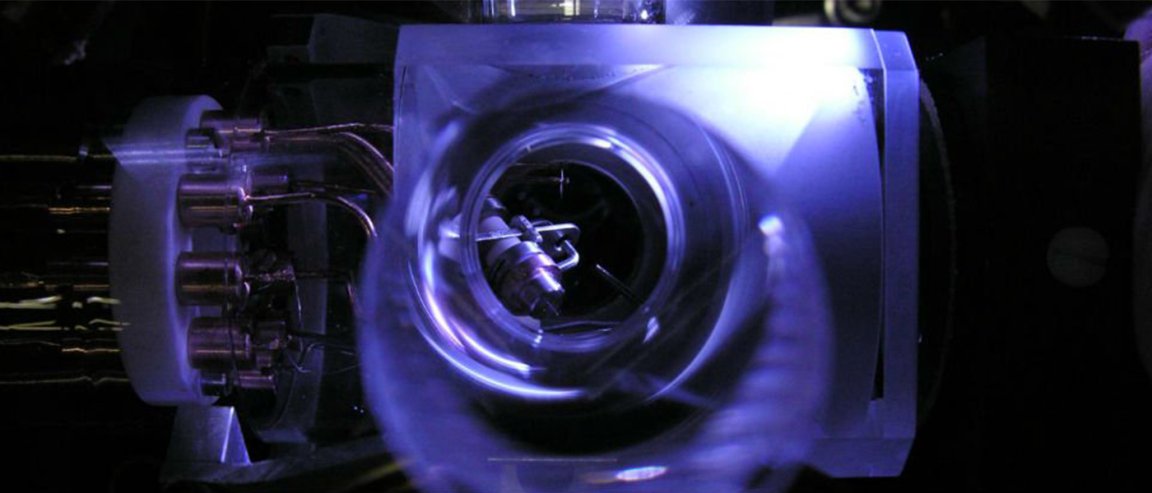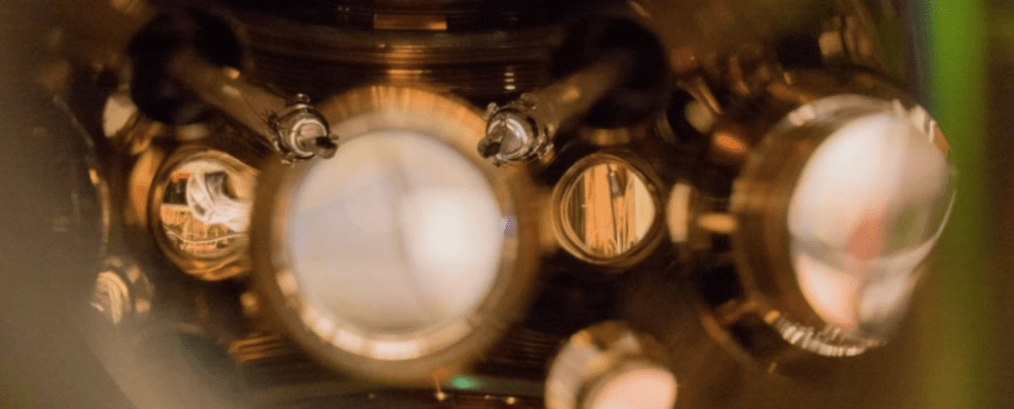
Optical Single Ion Clock
German physicists have managed to build the most accurate timepiece in the world. They accomplished this by measuring the vibrational frequency of ytterbium ions as they oscillate back and forth hundreds of trillions of times per second between two different energy levels.
The ion trapped in an ‘optical lattice’ of laser beams allow the scientists to count the number of ytterbiium ‘ticks’ per second. In short, this means that we are now able to measure time so accurately that the clock won’t lose or gain a second even in several billions of years.
To date, the most accurate clocks were caesium atomic clocks, which contain a pendulum of atoms excited into resonance through microwave radiation. These clocks are what the Standard International (SI) unit of time is based on.
Or perhaps I should say, “was” based on.

Accuracy
Based on the caesium atomic clock, 1 second is the time that passes during the 9 billion cycles of the radiation produced by the transition between two levels of the caesium 133 atom. (to be more specific, a second is 9,192,631,770 cycles).
While that may sound incredibly precise, this new device is a hundred times more accurate. As a result, it prompts a redefinition of the measurement of the second.
“It is regarded as certain that a future redefinition of the SI second will be based on an optical atomic clock,” the team says. “These have a considerably higher excitation frequency (1E14 to 1E15 Hz), which makes them much more stable and more accurate than caesium clocks.”
Ytterbium, the ion used in their clock, is the perfect type of ion to be used in their device because it offers a clear and measurable ‘tick.’ “One of these transitions is based on the excitation into the so-called ‘F state’ which, due to its extremely long natural lifetime (approximately six years), provides exceptionally narrow resonance,” the team explains.